Cybersecurity is evolving rapidly, with 2025 set to significantly change the digital landscape. As businesses and individuals grow more reliant on online systems, threats are becoming more sophisticated.
The future of cybersecurity revolves around integrating advanced technologies, addressing new vulnerabilities, and ensuring seamless security protocols to safeguard sensitive information.
Emerging Cybersecurity Trends for 2025
The cybersecurity trends in 2025 emphasize automation, artificial intelligence, and decentralization. Proactive threat detection, enhanced network monitoring, and smarter firewalls are just a few innovations driving the industry forward. Moreover, businesses are adopting adaptive frameworks that evolve alongside emerging threats, ensuring robust defenses.
AI and Machine Learning in Cybersecurity
Artificial intelligence (AI) and machine learning (ML) are becoming indispensable in combating cyber threats. These technologies are expected to enable real-time threat detection, analyze large datasets for potential vulnerabilities, and automate responses to minimize damage.
AI-powered algorithms will predict attacks before they occur, offering a proactive approach to cybersecurity.
Zero Trust Architecture: The Pillar of 2025 Cyber Defense
Zero Trust Architecture (ZTA) is no longer optional in 2025. Organizations are implementing ZTA frameworks to eliminate implicit trust within networks. Every access request is verified, ensuring no loopholes for attackers. By using advanced authentication protocols and encryption, ZTA ensures comprehensive security.
Quantum Computing and Its Impact on Cybersecurity
Quantum computing poses both opportunities and challenges for cybersecurity. While quantum computers can break traditional encryption, they also pave the way for quantum-resistant algorithms. Organizations are focusing on developing these algorithms to counteract quantum threats and secure sensitive data.
2025’s Top Cyber Threats: How to Prepare
Ransomware, phishing, and insider threats remain prominent in 2025, but newer threats like deepfake technology and AI-driven attacks are on the rise. Organizations must invest in training, advanced security tools, and continuous monitoring to prepare for these evolving risks. Building awareness among employees is equally critical.
The global cost of cybercrime is projected to reach $10.5 trillion annually by 2025, compared to $3 trillion in 2015, marking an unprecedented growth driven by ransomware and phishing attacks
Report by: The Review Hive & Varonis
Cybersecurity Innovations to Watch in 2025
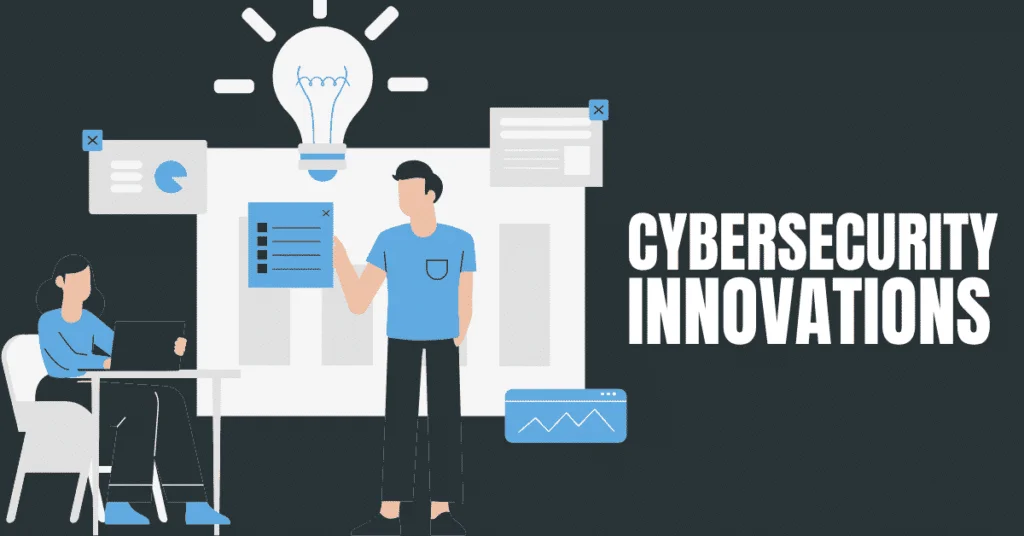
Innovations such as biometric authentication, behavioral analytics, and decentralized security models are transforming the industry. Enhanced endpoint security tools and cloud-native security solutions are also playing a pivotal role in mitigating risks.
These advancements aim to streamline security processes while enhancing effectiveness.
Strengthening the Internet: Advanced Encryption Techniques for 2025
Encryption remains the backbone of cybersecurity. In 2025, advanced techniques like homomorphic encryption and quantum-safe cryptography are gaining traction. These methods ensure data remains secure, even during transmission or while being processed, offering robust protection against unauthorized access.
The Role of Blockchain in Enhancing Cybersecurity
Blockchain technology’s decentralized nature is revolutionizing cybersecurity. In 2025, it is widely used for secure identity management, transaction verification, and data integrity. By eliminating single points of failure, blockchain ensures enhanced resilience against cyberattacks.
Securing the Cloud: Next-Gen Strategies
Cloud computing is integral to modern businesses, but it’s also a target for attackers. In 2025, next-gen strategies like automated compliance monitoring, AI-driven threat analysis, and advanced encryption methods are fortifying cloud infrastructures. Multi-cloud strategies are also being adopted to reduce reliance on a single vendor.
Also Read: Industrial Metaverse: 20% Efficiency Boost for Enterprises
IoT Security in 2025: Safeguarding a Connected World
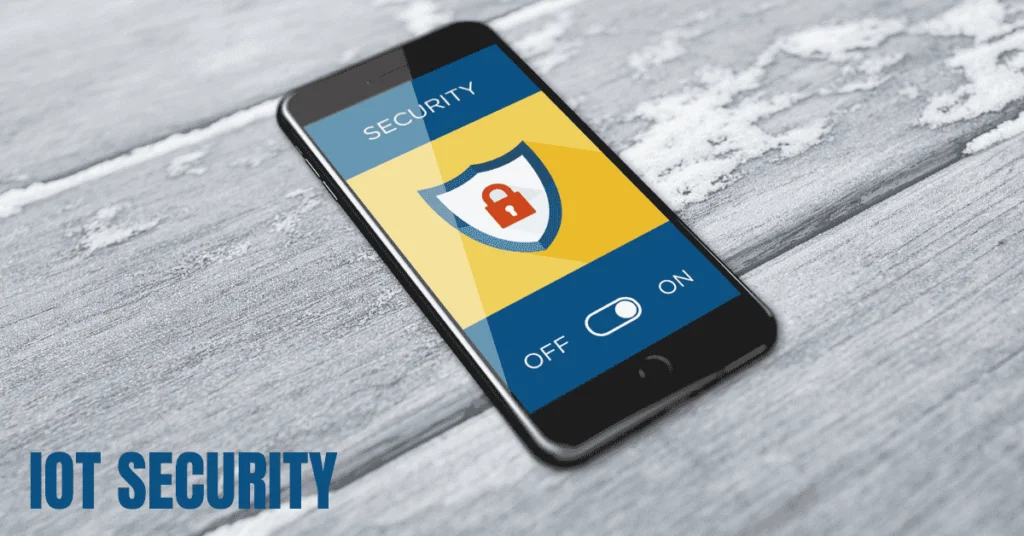
The Internet of Things (IoT) is transforming industries, but it also introduces vulnerabilities. In 2025, IoT security focuses on device authentication, real-time monitoring, and firmware updates. Securing IoT ecosystems ensures uninterrupted operations and minimizes risks of breaches.
Data Privacy and Protection
With stricter regulations and growing awareness, data privacy is a top priority in 2025. Organizations are adopting privacy-by-design approaches, ensuring compliance with global standards. Encryption, anonymization, and robust access controls are vital for protecting sensitive data.
Proactive Cyber Defense
Proactive defense mechanisms are replacing reactive measures in 2025. Predictive security uses AI and ML to identify patterns and anticipate attacks. This approach reduces response times and minimizes potential damage, ensuring businesses stay ahead of cybercriminals.
Securing Critical Infrastructure
Critical infrastructures, including power grids and healthcare systems, are prime targets for cyberattacks. In 2025, dedicated cybersecurity frameworks for these sectors focus on resilience, continuous monitoring, and swift incident response to ensure operational continuity.
Ethical Hacking: Staying Ahead of Cybercriminals
Ethical hacking is more essential than ever in 2025. Certified ethical hackers are tasked with identifying vulnerabilities before malicious actors can exploit them. This proactive approach strengthens organizational defenses and helps secure sensitive data.
The Rise of Cybersecurity-as-a-Service (CaaS)

Cybersecurity-as-a-Service (CaaS) is a growing trend in 2025, providing organizations with scalable and cost-effective solutions. From real-time threat detection to compliance monitoring, CaaS offers tailored services, ensuring comprehensive protection for businesses of all sizes.
Global spending on cybersecurity is anticipated to grow, with businesses allocating 9-14% of IT budgets to security. The industry’s annual spending may exceed $424 billion by 2030
Report by: The Review Hive
Biometric Authentication: A Game-Changer for Cybersecurity
Biometric authentication is revolutionizing access control. In 2025, advancements in fingerprint, facial, and voice recognition technologies provide seamless and secure authentication methods, reducing reliance on traditional passwords and minimizing unauthorized access.
Combating Ransomware
Ransomware remains a persistent threat, but 2025 brings new strategies to combat it. Backup automation, advanced endpoint protection, and threat intelligence sharing are critical in minimizing ransomware impacts. Organizations are also focusing on employee training to prevent attacks.
Also Read: 10 Ways Generative AI Is Changing Content Creation in 2025
Cybersecurity in the Age of 5G and Beyond
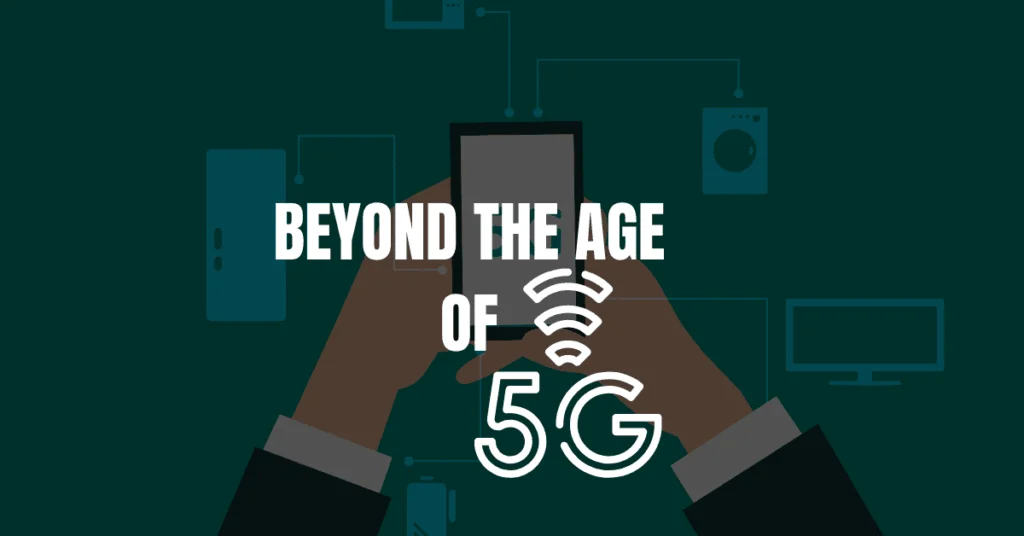
The widespread adoption of 5G introduces new cybersecurity challenges. In 2025, securing 5G networks involves network slicing, enhanced encryption, and AI-driven traffic analysis. These measures ensure secure communication and minimize vulnerabilities.
Governments and Global Collaboration for Cybersecurity
Governments worldwide are prioritizing cybersecurity in 2025. International collaborations focus on sharing threat intelligence, establishing global standards, and conducting joint cybersecurity exercises to counteract cross-border cyber threats.
Cybersecurity Workforce of 2025: Skills in Demand
The demand for skilled cybersecurity professionals is at an all-time high in 2025. Expertise in AI, blockchain, cloud security, and ethical hacking is particularly sought after. Continuous learning and certifications are essential for staying relevant in this dynamic field.
By 2025, there will be 3.5 million unfilled cybersecurity positions worldwide, highlighting the ongoing demand for skilled professionals in this field
Report by: The Review Hive & Varonis
Cyber Risk Management
Risk management strategies in 2025 emphasize identifying vulnerabilities and prioritizing resources effectively. Cyber insurance is becoming a standard practice, offering financial protection against potential losses from breaches.
Top Cybersecurity Tools and Technologies
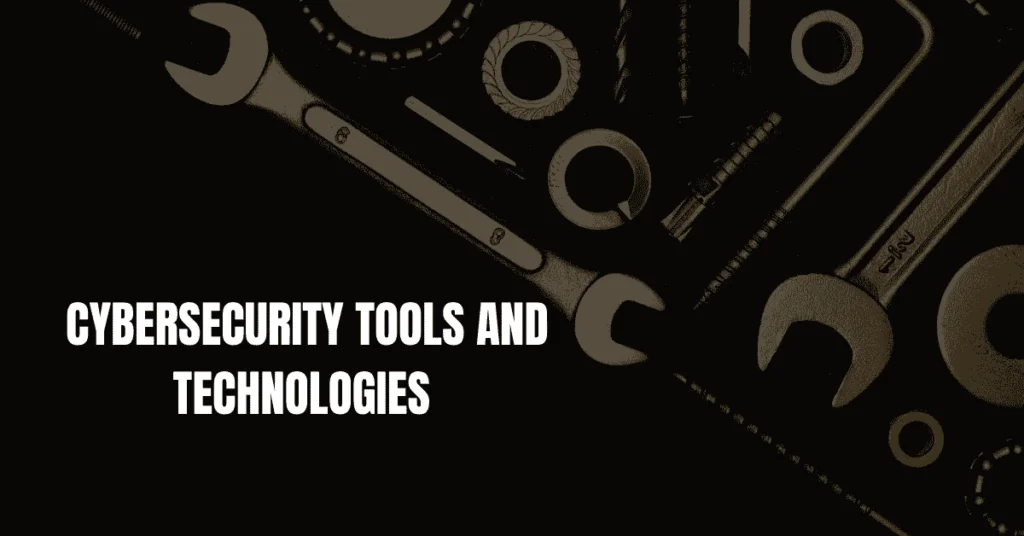
In 2025, tools like extended detection and response (XDR), AI-powered security platforms, and secure access service edge (SASE) are leading the market. These technologies integrate seamlessly with existing systems, offering enhanced protection against advanced threats.
AI-Driven Threat Detection
AI-driven threat detection is the cornerstone of cybersecurity in 2025. With its ability to analyze vast amounts of data and identify anomalies, AI minimizes false positives and ensures rapid responses to potential attacks.
Building Resilient Systems
Resilience is key to cybersecurity in 2025. Organizations are adopting practices like regular penetration testing, continuous monitoring, and disaster recovery planning. These measures ensure minimal disruption and quick recovery in the event of an attack.
Conclusion
Cybersecurity in 2025 is defined by innovation and resilience. The integration of AI, blockchain, and quantum-safe technologies is reshaping the way threats are detected and countered. Businesses and governments alike must adopt proactive strategies to combat evolving risks.
By prioritizing robust defenses, fostering collaboration, and investing in cutting-edge solutions, the digital landscape can remain secure. Preparing today ensures a safer tomorrow.
Also Read: Innovations in AI for Healthcare Solutions

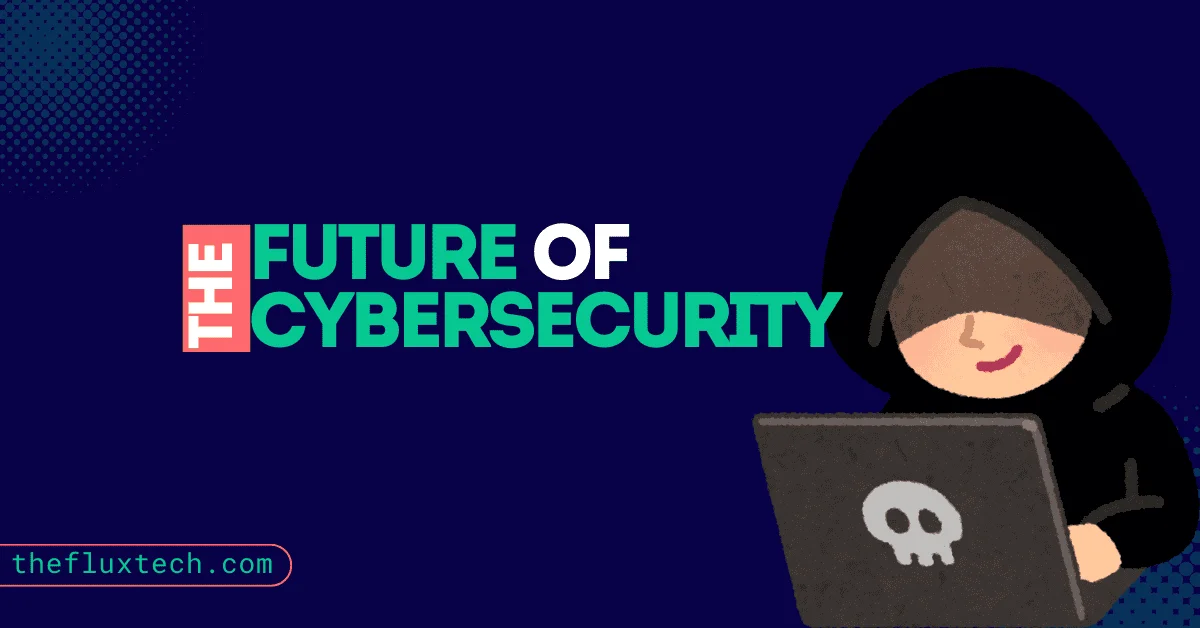


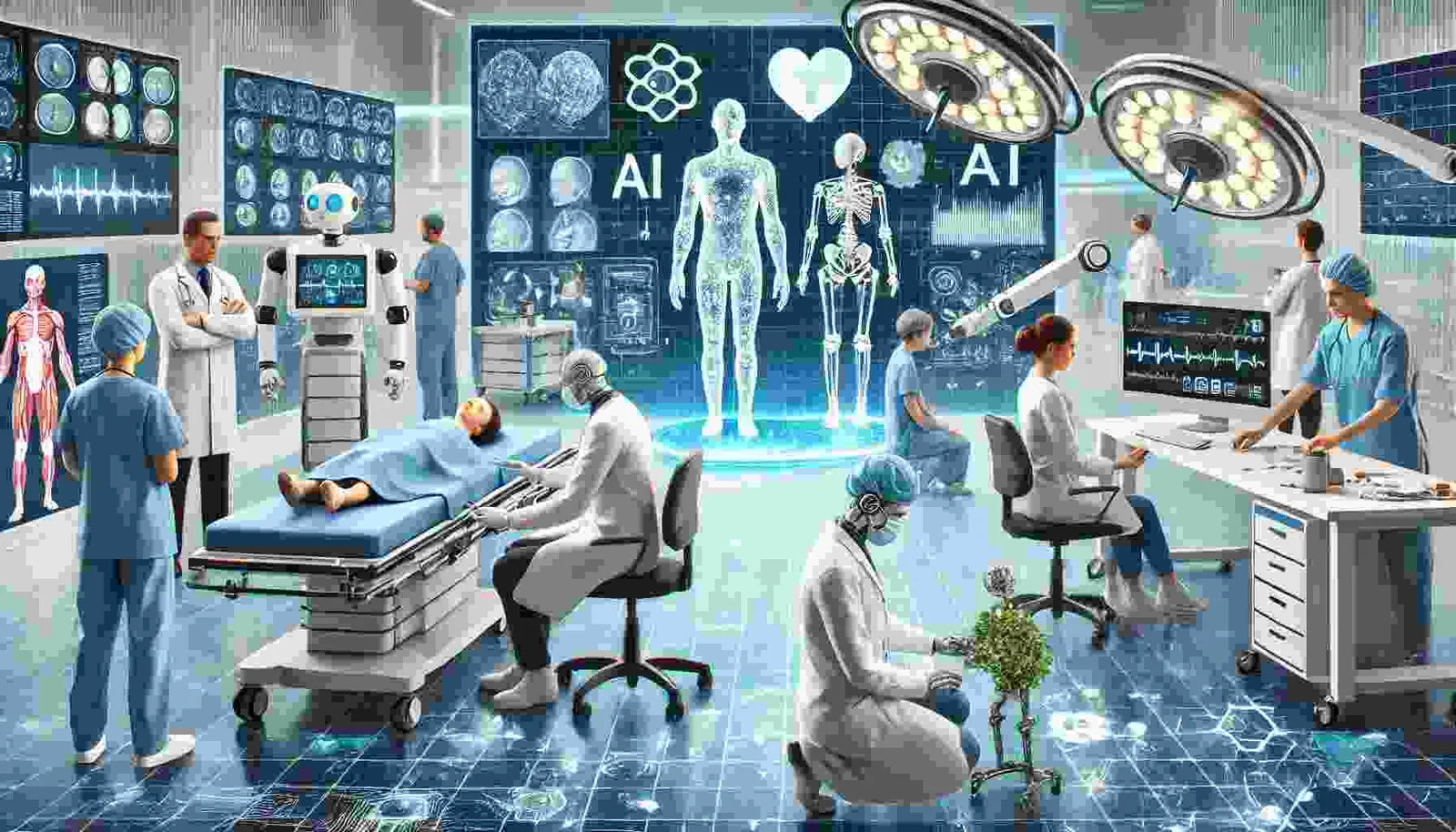
One thought on “The Future of Cybersecurity: What 2025 Holds”